In 2015, all United Nations (UN) Member States adopted 17 Sustainable Development Goals (SDGs) as a plan to build a better world for people and our planet by 2030. The SDGs are a call to action by all countries – poor, rich, middle-income – to work towards the future we want for our planet. These SDGs center around key economic, social and environmental development issues related to poverty eradication, energy, water and sanitation, health and human settlement.
The fundamental motive propelling the realization of the SDGs is simple, “We don’t have plan B because there is no planet B!” However, according to the Rockefeller Foundation, the costs to implement the SDGs are exorbitant at $50-70 Trillion. Achieving these SDGs therefore requires us to think differently and adopt innovative approaches to both finance and implement them. We need to find ways to better utilize scarce resources, reduce costs, yet enhance and accelerate the impact of our work towards achieving these SDGs.
SDG 3, Good Health and Well Being faces several unique challenges. There is a severe shortage of health infrastructure in numerous regions across the world. For example, India needs to build an estimated 3 million hospital beds to reach an acceptable level of health infrastructure of 3 beds per 1000 inhabitants (compared to 4.1 per 1000 in China). There is also a severe shortage of healthcare workers. There will be a global shortage of 12.9 million physicians and healthcare workers by 2035. Healthcare costs are ballooning and are projected to increase to $18.28 trillion per year by 2040. Additionally, there are issues with quality of care globally. In 2018, the World Health Organization indicated that “Today, inaccurate diagnosis, medication errors, inappropriate or unnecessary treatment, inadequate or unsafe clinical facilities or practices, or providers who lack adequate training and expertise prevail in all countries.”
Improving health infrastructure takes immense expenditure, highly specialized skills and years of effort, training physicians takes decades, and improving healthcare processes is extremely complex. The healthcare ecosystem, and our ability to achieve SDG 3 demands great innovation. The Universal Health Information Network (UNHIN) is such an innovative, transformational project that will have an impact on almost every aspect of healthcare.
The UNHIN is applying decentralized computing and blockchain technology to establish a global network for health information that will be freely available to everyone including patients, the general public, physicians, healthcare workers, healthcare organizations and every entity in the healthcare ecosystem. The UNHIN will be wholly community-driven, economically self-sustaining and free of any commercial enterprise. This will have an immense impact on every aspect of healthcare. It will enable patient-centric care by empowering patients with their health data, eradicate interoperability issues between healthcare organizations, improve quality of care and accountability, provide accurate information to healthcare professionals and allow us to make better use of health infrastructure and healthcare professionals across the globe.
The UNHIN project is taking a multi-pronged approach to implement this network and drive its adoption. In addition to developing the technology for the decentralized network, the UNHIN team is also working with several hospitals across the world to provide them comprehensive, integrated electronic health record (EHR) systems.
Hospitals have often had to implement multiple specialized EHRs and related systems within their organizations that store data in siloed databases which do not interconnect with each other, causing massive overheads and wasted time in coordinating information across disparate systems for labs, radiology, medical specialties, pharmacies, etc. To address this problem, every EHR system that the UNHIN team is implementing is fully integrated, incorporating all these functions, so that hospital staff can use a single system for managing all healthcare work and maintain a fully consolidated electronic record for each patient.
One such example is a pilot project that the UNHIN team is implementing for Saint James Medical Complex (SJMC), the national cancer center of Trinidad & Tobago. Cancer treatment is highly complex and implementing an EHR platform to manage the end-to-end cancer treatment process is a highly complicated and expensive undertaking. Consequently, SJMC has had to manage a cumbersome paper-based process for decades, since its inception. To help streamline its operations, the UNHIN team is implementing a full-featured cancer treatment EHR platform tailored for SJMC to digitize its entire medical processes for cancer treatment. This includes hundreds of templates for chemotherapy regimens, automatically generating prescriptions, integrated labs and pharmacy, doctors’ treatment notes, ward notes maintained by nurses, and other key facets required for managing every step of cancer treatment.
Doctors, nurses and healthcare staff at SJMC are all excited to participate in the implementation of this end-to-end system and feel that it will significantly increase their efficacy in treating patients. The UNHIN is implementing similar comprehensive EHR systems for multiple hospitals in India and USA. By taking this approach, the UNHIN is not just implementing technology for a better future but also having an immediate impact by improving the lives of patients and healthcare staff.
References
- Sustainable Development Goals: https://sustainabledevelopment.un.org/
- UN Secretary-General’s Remarks at COP22 Press Conference: https://www.un.org/sg/en/content/sg/press-encounter/2016-11-15/un-secretary-generals-remarks-cop22-press-conference
- Shaping the next generation of financing solutions to unlock private capital for social good: https://www.rockefellerfoundation.org/our-work/initiatives/innovative-finance/
- CIA World Factbook: Hospital Bed Density: https://www.cia.gov/library/publications/the-world-factbook/fields/2227.html
- CIA World Factbook: Health Expenditures: https://www.cia.gov/library/publications/the-world-factbook/rankorder/2225rank.html
- Health workforce shortage, WHO: http://www.who.int/mediacentre/news/releases/2013/health-workforce-shortage/en/
- Global spending on health is expected to increase to $18.28 trillion worldwide by 2040: http://www.healthdata.org/news-release/global-spending-health-expected-increase-1828-trillion-worldwide-2040-many-countries
- Transform Global Health: https://transformglobalhealth.org
- The Universal Health Information Network (UNHIN): https://unhin.org
- A Fresh Approach to providing Universal Electronic Health Records: https://transformglobalhealth.org/a-fresh-approach-to-providing-universal-electronic-health-records/

An eye opener and very insightful
UNHIN has a plethora of verticals, each having tremendous potential to have a positive impact on all 7.5 billion of us. Excited to see this become a reality.